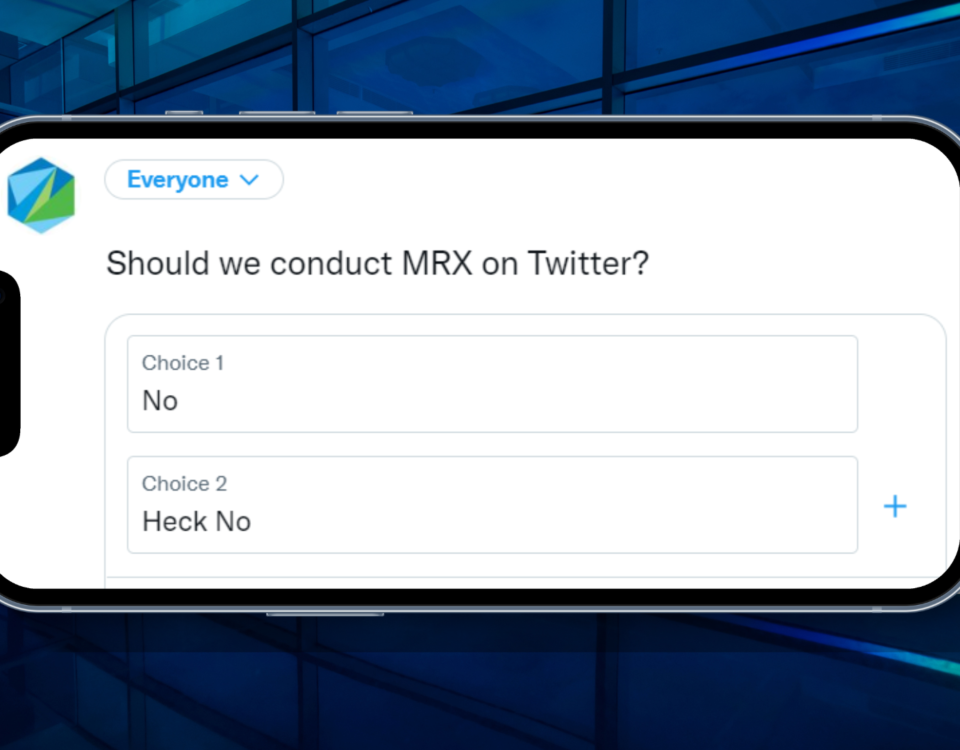
How EMI Has Evolved: From Selling Tupperware as an 11-Year-Old to Today
October 30, 2018
Intellicast Episode 35 – Jaceey Sebastian of P2Sample and the Election Night Recap
November 8, 2018Brands, consumer goods manufacturers, service companies, and many others – they all use tracker studies to gauge consumer sentiment, measure advertising effectiveness, and much more.
Provided that tracker studies provide valuable information which organizations base important decisions on, they need to ensure that they are getting the most accurate data possible.
EMI has managed over 100 tracker studies over the years. That’s why we have put together a list of best practices to follow for your tracker studies.
Know Your Sample Sources
No sample source is the same and neither is the data they provide. Know your panel sources inside out.
Use Multiple Sample Sources
Data bias, over-representation, running out of sample, data inconsistency – these are just a few of the problems that can affect your tracker with a single sample source.
Keep It Consistent
You want to keep as many variables as possible consistent, so you don’t skew your data.
Adjust Over Time
It sounds like we just contradicted ourselves, we didn’t (we promise!). While you want to keep it consistent, there are variables like, panel recruitment, incentive structures, etc., that you can’t control. You’ll want to evaluate and replace (if needed) on a regular basis.
Compare With Current Market Conditions
Look at what is going on in the marketplace and overlay that with your tracker results. It can explain anomalies or outliers.
Want to get the full eBook, Best Practices for Tracker Studies? Click the button below to download.





